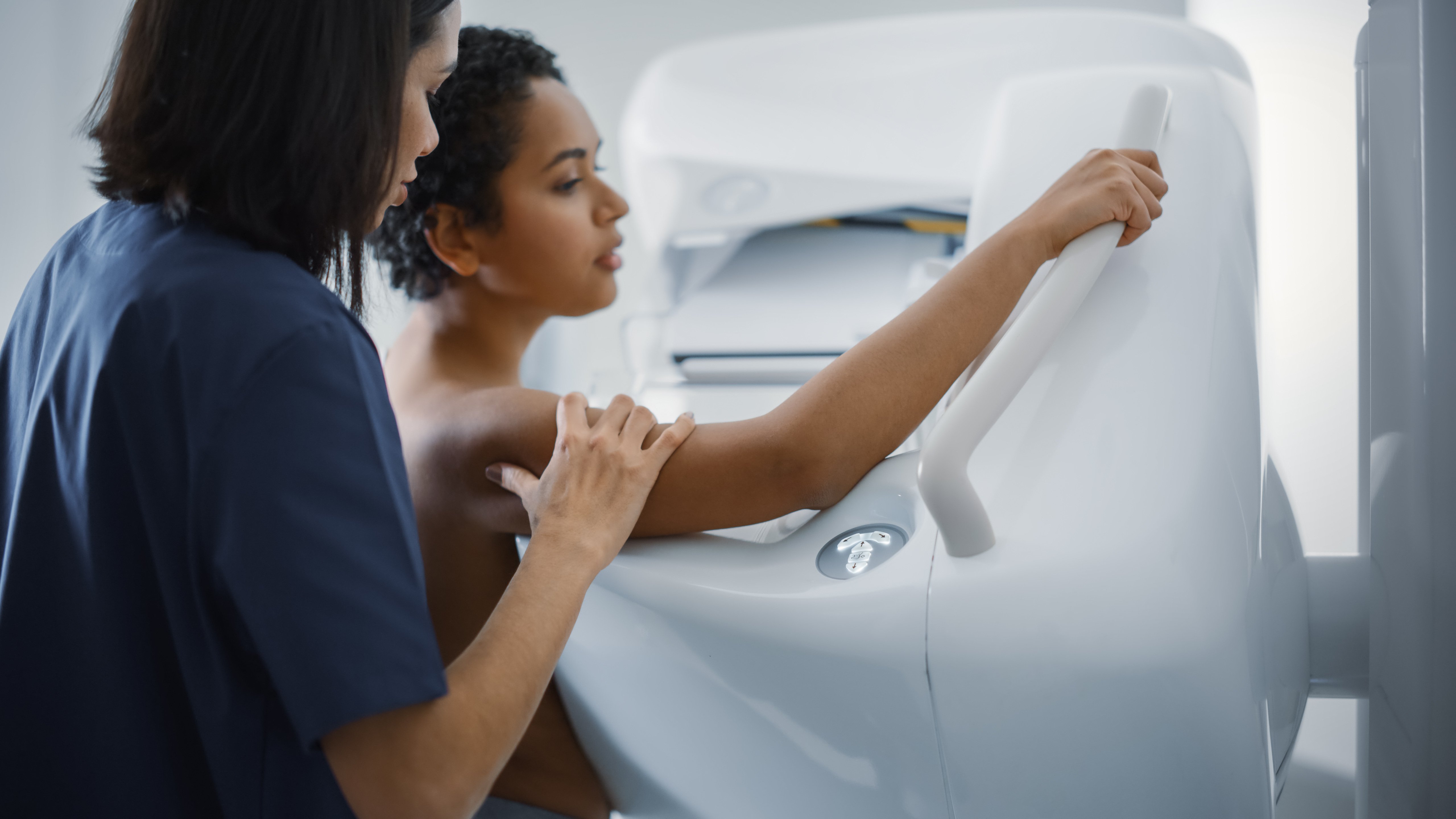Cancer prevention: 4 screenings you should know about
Whether it’s a family member, friend, colleague, or ourselves, many of us have been impacted by cancer in some way. But did you know that cancer is often most treatable when detected early? Screenings can identify cancer in its earliest, most treatable stages, sometimes even before symptoms appear. This is important because certain types of cancer, like breast, cervical, and colorectal cancers, often don’t show noticeable symptoms until they have spread.
Continue reading to learn how to protect yourself and how many of these screenings are covered by your health insurance.
Common types of cancer screenings
There are several different types of screenings designed to catch specific types of cancer in their early stages. Below are some common screenings recommended for people based on their age, sex, and risk factors.
1. Breast cancer: Mammogram- What is it? A mammogram is an X-ray of the breast tissue used to detect abnormalities, such as lumps, which could indicate cancer.
- Who should get it? Women aged 40-44 should talk to their doctor about having an annual mammogram. Beginning at 45, women are recommended to have a mammogram every year. Depending on risk factors, women aged 40-74 can have a mammogram every two years.
- Why it matters: Early detection of breast cancer can significantly improve treatment outcomes. According to the American Cancer Society, when breast cancer is detected early and has not spread outside of the breast, the five-year relative survival rate is 99%.
- What is it? A Pap smear tests for abnormal cells in the cervix that could lead to cervical cancer. The HPV (Human Papillomavirus) test looks for the virus that causes these changes.
- Who should get it? Women should start getting a Pap smear at age 21 and continue every three years until age 65. The HPV test may be combined with the Pap smear for women older than 30.
- Why it matters: According to the CDC, most cervical cancer cases can be attributed to HPV. Early detection can prevent cancer from developing.
- What is it? A colonoscopy involves using a flexible tube with a camera to examine the colon and rectum for abnormalities like polyps or tumors.
- Who should get it? People aged 45 and older should begin screening, with follow-up tests every 10 years if the results are normal. Those with a family history of colorectal cancer or other risk factors may need to start earlier.
- Why it matters: Colon cancer screening can detect pre-cancerous polyps that can be removed before they become cancerous. According to Harvard Medical School, past research suggests that a “colonoscopy is associated with as much as a 69% decrease in new cases of colorectal cancer and an 88% decrease in the risk of death from it.”
- What is it? A low-dose CT scan is a type of X-ray that produces images of the lungs. It is used to detect early signs of lung cancer, particularly in people at high risk.
- Who should get it? The CDC recommends people aged 50-80 with a history of smoking or those who have quit within the past 15 years, and who have smoked one pack of cigarettes a day for 20 years should consider screening.
- Why it matters: Lung cancer is often diagnosed at advanced stages, and early detection can improve survival rates.
Talk to your doctor and plan ahead
If you have questions, talk with your doctor about which screenings are appropriate. They can help you understand the benefits and risks of different screening methods based on your health status and family history.
If you’re a Mass General Brigham Health Plan member, many of these screenings are covered at no cost when delivered by a network provider. If you have a different health plan, check with your insurance provider before scheduling a screening to understand if there are any costs associated with the procedure.
Stay connected with Mass General Brigham Health Plan on Instagram, LinkedIn, Facebook, and YouTube.
